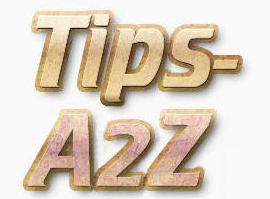Category | Discussion (0)Knots
To post a new tip, sign up for a free account.
(Unfortunately this is a necessary spam prevention measure)
| Who is online |
|
In total there are 4 users online :: 0 registered and 4 guests (based on users active over the past 5 minutes) |
